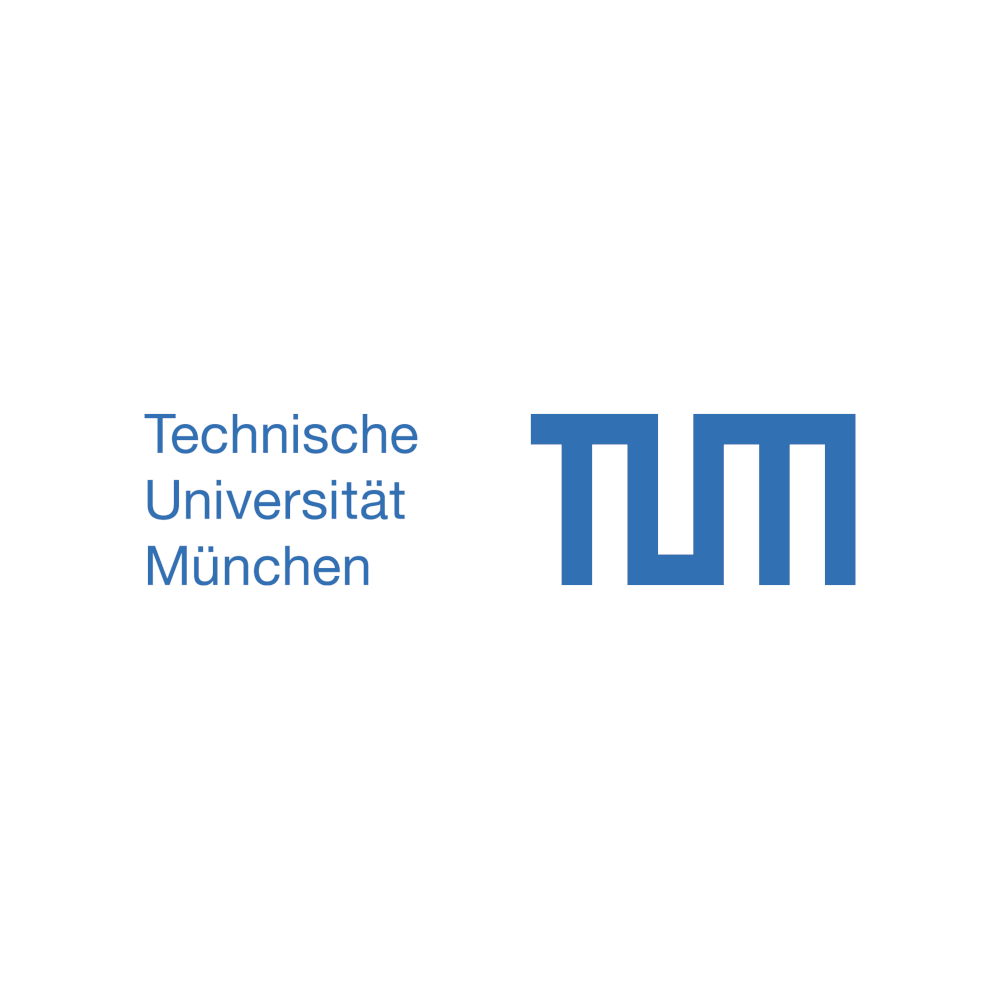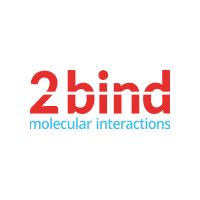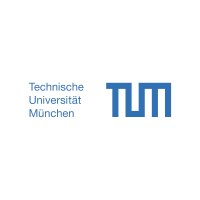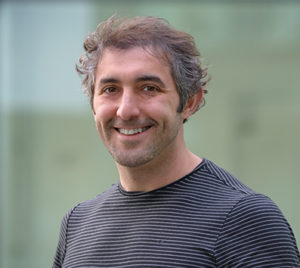
University of Regensburg
UREG, Universitätsstr. 31 – 93053 Regensburg, Germany
General information
The University of Regensburg is a public research university located in the medieval city of Regensburg, Bavaria, a city that is listed as a UNESCO World Heritage Site. The university was founded on 18 July 1962 by the Landtag of Bavaria as the fourth full-fledged university in Bavaria. Following groundbreaking in 1965, the university officially opened to students during the 1967–1968 winter semester, initially housing faculties in Law and Business Sciences and Philosophy. During the summer semester of 1968 the faculty of Theology was created. Currently, the University of Regensburg houses eleven faculties.
The university actively participates in the European Union’s SOCRATES programme as well as several TEMPUS programmes.
Participating Partners from the University of Regensburg
Institute of Medical Microbiology and Hygiene, Molecular Microbiology (Virology) [UR-MV]
and
Institute of Pharmaceutical Technology [UR-PT]
UR-MV
Our goal is to develop, select, produce and conjugate the cargo to the unmodified DONPs and analyze the functionalized particles in vitro regarding biophysical properties and antigenicity.
As we are the coordinating party, which will closely interact with all partners and make sure that experiments will be performed and data will be documented at standards.
Project-Leader
![BayFOR-forbimed-wagner [#Beginning of Shooting Data Section]
Nikon D1X
2005/06/07 10:06:49.0
JPEG (8 Bit) Fein
Bildgröße: Groß (3008 x 1960)
Farbe
Objektiv: 80-200mm f/2.8-2.8
Brennweite: 95mm
Belichtungssteuerung: Manuell
Belichtungsmessung: Spotmessung
1/80 Sekunden - f/3.8
Belichtungskorrektur: +0.3 LW
Empfindlichkeit: ISO 640
Weißabgleich: Automatik
AF Modus: AF-C
Tonwertkorr.: Weniger Kontrast
Blitzsynchronisation: Nicht Beigefügt
Farbmodus: Modus I (sRGB)
Farbsättigung: +6°
Scharfzeichnung: Normal
Rauschunterdrückung:
Bildkommentar:
[#End of Shooting Data Section]](https://hivactogc.com/wp-content/uploads/elementor/thumbs/BayFOR-forbimed-wagner-pn5ehknyat9pfw0mvav7a3jfrps0v0de9j1vo2tr0g.jpg)
Professor of Medical Microbiology (Virology)
Project-Leader


UR-PT
UR-PT will contribute to the assessment of biodistribution, pharmacokinetics and specific targeting of the decorated DONPs. We at UR-PT have developed excellent competence for the targeted delivery of macromolecular drugs by using nanoparticles and hydrogels. The lab is fully equipped for polymer and hydrogel synthesis and characterization, as well as studies of nanoparticle release, characterization, functionality and toxicity testing in vitro.

Technische Universität München
Arcisstraße 21 – 80333 München, Germany
General information
The Technical University of Munich (TUM or TU Munich) is a public research university in Munich, with additional campuses in Garching, Freising, Heilbronn, Straubing, and Singapore. A technical university that specializes in engineering, technology, medicine, and the applied and natural sciences, it is organized into 11 schools and departments, and supported by numerous research centers.
A University of Excellence under the German Universities Excellence Initiative, TUM is consistently ranked among the leading universities in the European Union and its researchers and alumni include 16 Nobel laureates and 23 Leibniz Prize winners.
TUM-BN
- Our goal is to build ultra-miniaturized molecular devices and machines that can be combined into autonomously functioning systems („robots“) capable of executing user-defined tasks.
- At the moment we are primarily concerned with constructing hardware. Inspired by the structural sophistication and the rich functionalities of natural molecular motors and of viruses, we investigate how to adapt the physical principles underlying the formation of these natural objects for our purposes.
Project-Leader

Professor of Biophysics

Helmholtz Institute
Ingolstädter Landstr. 1; 85764 Neuherberg
General information
Helmholtz Zentrum München is the German Research Center for Environmental Health. It investigates important common diseases which develop from the interaction of lifestyle, environmental factors and personal genetic background, focusing particularly on diabetes mellitus, allergies and chronic lung diseases.
Helmholtz Zentrum München is a research institution of the Federal Republic of Germany and the Free State of Bavaria. It is a member of the Helmholtz Association of German Research Centers.
iTERM
Using whole mouse imaging technology, iTERM will rapidly assess the quality of DNA-Origami Nanoparticles (DONPs) that are functionalized by an HIV vaccine candidate envelope immunogen (Env, together DONP-Env). We will obtain cellular level information on the targeting signals for specific delivery to lymph nodes and to other secondary lymphoid tissues.
DISCO transparency will:
1) Assess pharmacokinetics (location of the drug in whole body at defined time points),
2) Determine precise localization of DONP-Env at target lymph nodes and immune cells.
Towards this goal, DONP-Env will be conjugated with a fluorescent dye (e.g., Alexa 674N). In addition, we will fluorescently label B cells, vasculature, and/or entire lymphatics using complementary dyes and fluorescent proteins (such as EGFP, mCherry, Dextran-TRITC).

Tilibit nanosystems GmbH
Friedenstraße 18 81671 München, Germany
General information
tilibit nanosystems GmbH is a startup in the field of DNA nanotechnology. We offer DNA nanotechnology materials and develop novel DNA nanostructure products based on the DNA origami technology. This technology enables building discrete objects with user-defined shapes and mechanical properties on the scale of 10 to 1000 nanometers from the bottom-up. These objects are similar in scale to natural macromolecular particles that are found inside and outside of living cells. User-defined chemical and mechanical features can be positioned with near-atomical control, and DNA origami objects can be assembled into macroscopic materials with novel mechanical or optical properties.
Because of these capabilities, DNA origami is an enabling technology that creates new and unparalleled opportunities toward the construction of “bionano” products that promise tremendous technological progress in areas such as biology, chemistry, physics, nanotechnology, and health care.
Our goal is the development of methods and SOP’s for the scale-up of the production of the DNA-Nanostructure-Nanoparticles, which are designed in the HIVacToGC-Project. In the course of this project, improved methods for the production, purification, and quality control will be developed and validated. Based on these developments a template for the setup of a GMP-production will be prepared.
Project-Leader

CEO of tilibit nanosystems GmbH

2bind GmbH
Friedenstraße 18, 81671 München, Germany
General information
2bind is the expert contract research organization (CRO) for biophysical analytics. We bring together passionate scientists from different life-science backgrounds to catalyze our clients’ research and development projects.
They are a one-stop-shop for everyone working or interested in protein- and RNA-based drug discovery, antibody development, protein analytics, aptamer development, or characterization of molecular interactions.
Within the HIVacToGC project 2bind will work on formulation of DNA Origami Nanoparticles (DONPs). Based different biophysical tools, such as nanoDSF, DLS, BLI, GCI and MST, 2bind will help to identify suitable buffer conditions allowing for structural integrity of DONPs as well as preserve their antigenicity. Long term storage optimization and influence of stress factors or serum components on DONPs will be part of 2bind tasks.






